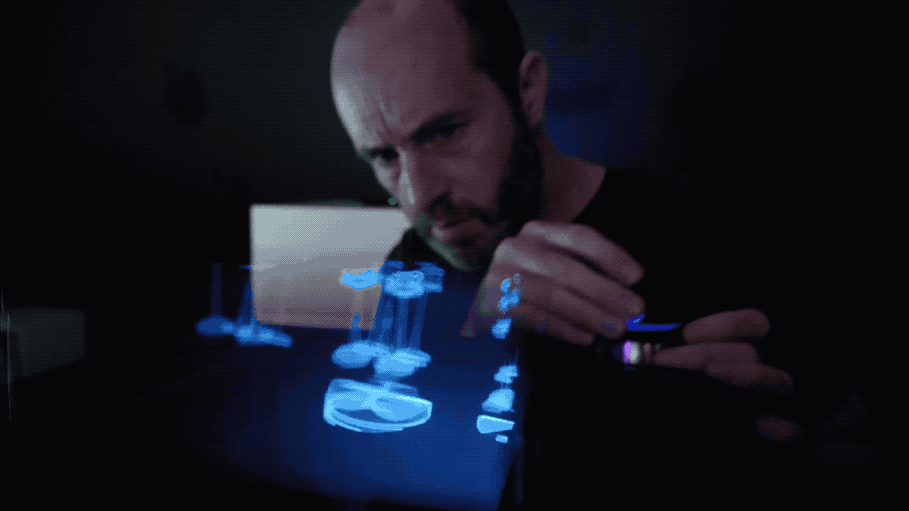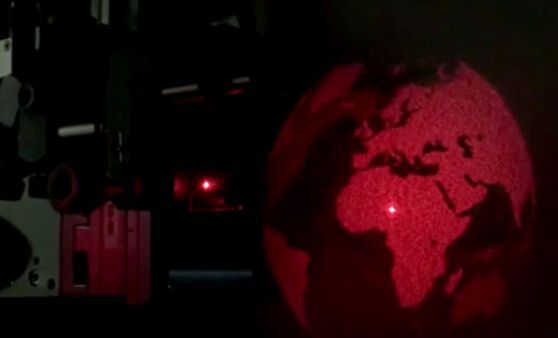Nov 20, 2020
Voxon’s US$10,000 hologram table – no glasses required
Posted by Quinn Sena in categories: augmented reality, holograms, virtual reality
Interactive 3D images that appear to float in the air, above a table that a group of people can stand around without needing any special headsets or glasses: that’s what South Australian company Voxon Photonics has built with its US$10,000 VX1 table.
Fiction has promised us holograms for decades, with one of the most famous examples appearing in 1977’s Star Wars: A New Hope. On board the Millennium Falcon, R2D2 and Chewbacca play some sort of digital board game, interacting with figures built out of light hovering in the air above a table.
Such things have been a long time coming to the real world. VR and AR can both somewhat replicate the experience, but they require headsets. In the best case, these are a bit antisocial, stopping you from looking others in the eye. In the worst case, they completely remove the wearer from the real world to immerse them in virtual space.
















